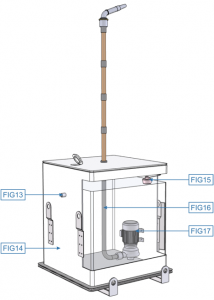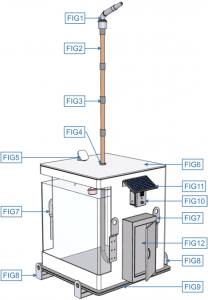UPDATE: Patent Pending Invention Mobile Sprinkler System — (16/359,492 — Art Unit 3752) — submitted March 20, 2019 is now being looked at by a patent examiner I was informed in June.
There is a huge backlog of patent claims at the U.S. Patent and Trademark Office.
****************************************************************************************
By Raul Hernandez
cjnotebookventura@gmail.com
(PUBLISHED SEPT. 1, 2018)
A wildfire is heading toward a community. An emergency evacuation order goes out to many neighborhoods because officials believe the flames are heading toward the residential area.
Frantic homeowners and their families pack all their valuable possessions and put them into vehicles. Some residents are up roofs or ladders hosing houses with water to try and save their residences.
Others jump into cars and trucks and speed away. They look back a few times wondering whether their houses will still be standing or reduced to charred remains and precious possessions wiped out by the fire.
This scenario has become too familiar in California and throughout the United States.
Aside from firefighters and airborne drops of water by helicopters and aircraft, what other tools can be used
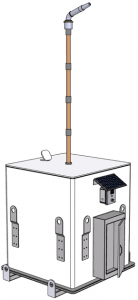
to help stop or slow down a fast-moving wildfire?
Spindrifts are a patented invention designed to save lives and protect property.
The Spindrift Reservoir Sprinkler System is unique.
It’s a portable fire-retardant-plastic container capable of holding hundreds of gallons of water, and that can be set up quickly in desolate areas, fields or next to buildings or houses to help fight fires that cause injuries, death, and destruction.
This is how Spindrifts work to fight fires.
After remote control activates the Spindrifts, powerful sprinklers spray the air with gallons of water to cover large areas and keep flames or hot ambers from spreading.
The remote control dictates the speed of the water, direction, and type of spray. For example, a light spray mist can go into the air and taken by light winds across a vast area.
A thicker, linear stream of water concentrate on the surrounding land that stands between the fire and the protected area.
Powerful sprinklers in the market can spray from 20 gallons to 1,000 gallons-per-minute or more.
The remote control on Spindrift means that people don’t have to stay on their properties with hoses in hands to water down
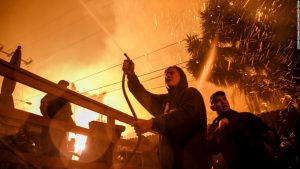
roofs, walls or anything flammable on the property or business.
In addition, the risk of people being surrounded and trapped by flames decreases along with the danger of vehicles racing out of the danger area at the last minute and crashing into the fire and emergency vehicles traveling on the road to fight the fire.
Also, firefighters, if it is unnecessary, don’t have to be near the wildfire with dozens or hundreds of Spindrifts working.
Firefighters can position themselves behind the Spindrifts to put out any 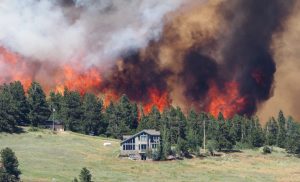 small and scattered fires that might have reignited as a result of ambers able to penetrate through the Spindrifts water soaking.
small and scattered fires that might have reignited as a result of ambers able to penetrate through the Spindrifts water soaking.
Spindrifts can sprinkle water at a high or low rate depending on how the remote control is set up. This spraying saturates an area with water in a short time.
Sometimes during a wildfire, aircraft can’t be used because of weather, too much smoke or nighttime restrictions. Dangerous terrain also makes the situation perilous for firefighting efforts.
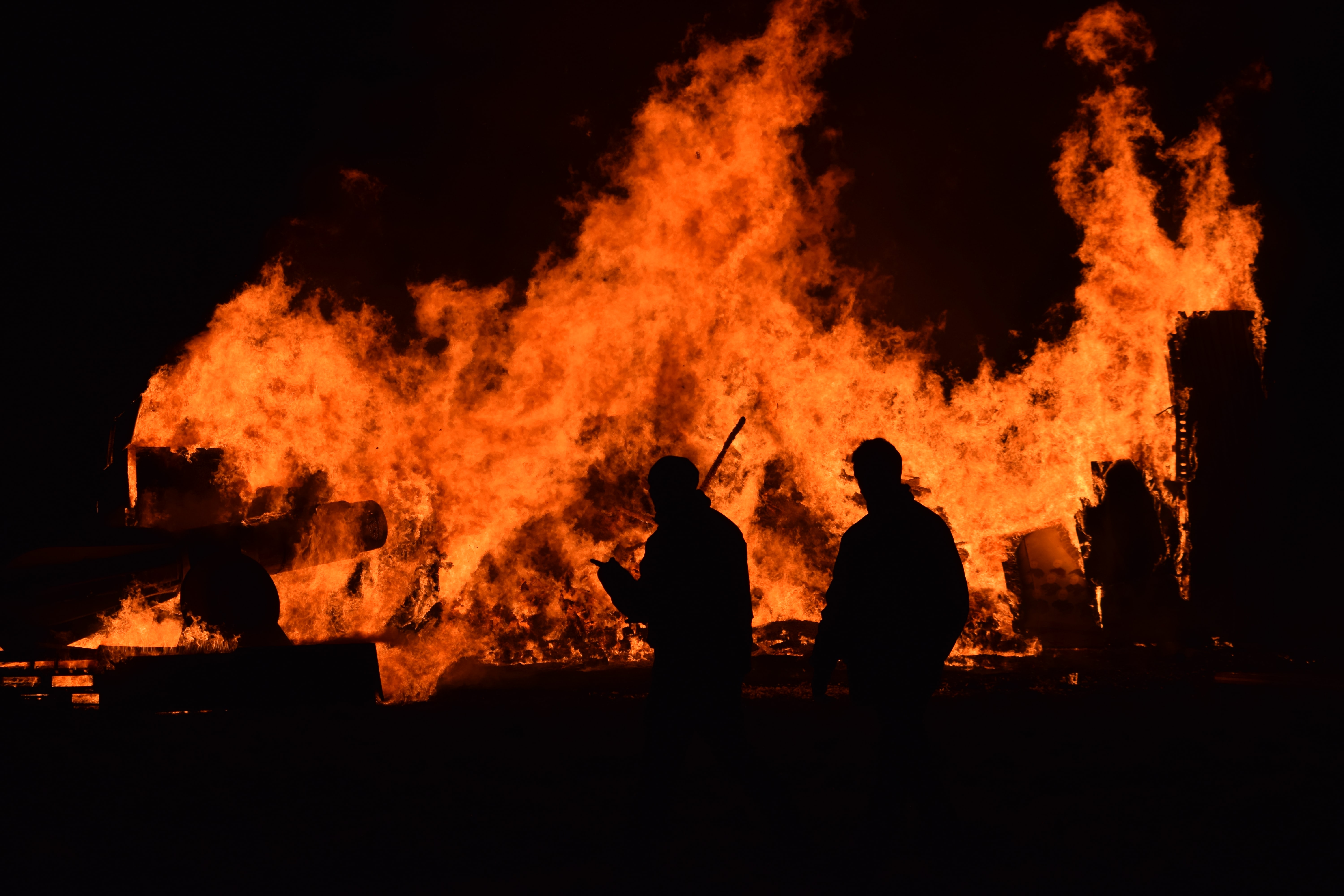
Spindrifts filled with water can be put in places to fight fires by trucks or helicopters. Airdrop a Spindrift into a desolate area and a firefighter on the ground can set and it and have it anchored in 10 minutes or less.
Put two Spindrifts on the sides of a residence or business, adjust the height of the plastic piping to 10-feet or more, depending on how much pipe is added and where the water will be aimed at on the property.
In desolate or remote areas, strategically scatter, let’s say, 100 Spindrifts in a field, and within a certain time, the area to be will be saturated with 30,000 gallons of water
How can Spindrifts be put in remote areas?
Fully loaded with water, the tanks can be airlifted by helicopter and set on the ground where one firefighter can make sure the Spindrift is stabilized by stakes that are stored in the plastic container located on the side of the mobile tank.
The container will also have the plastic piping to put adjust the height.
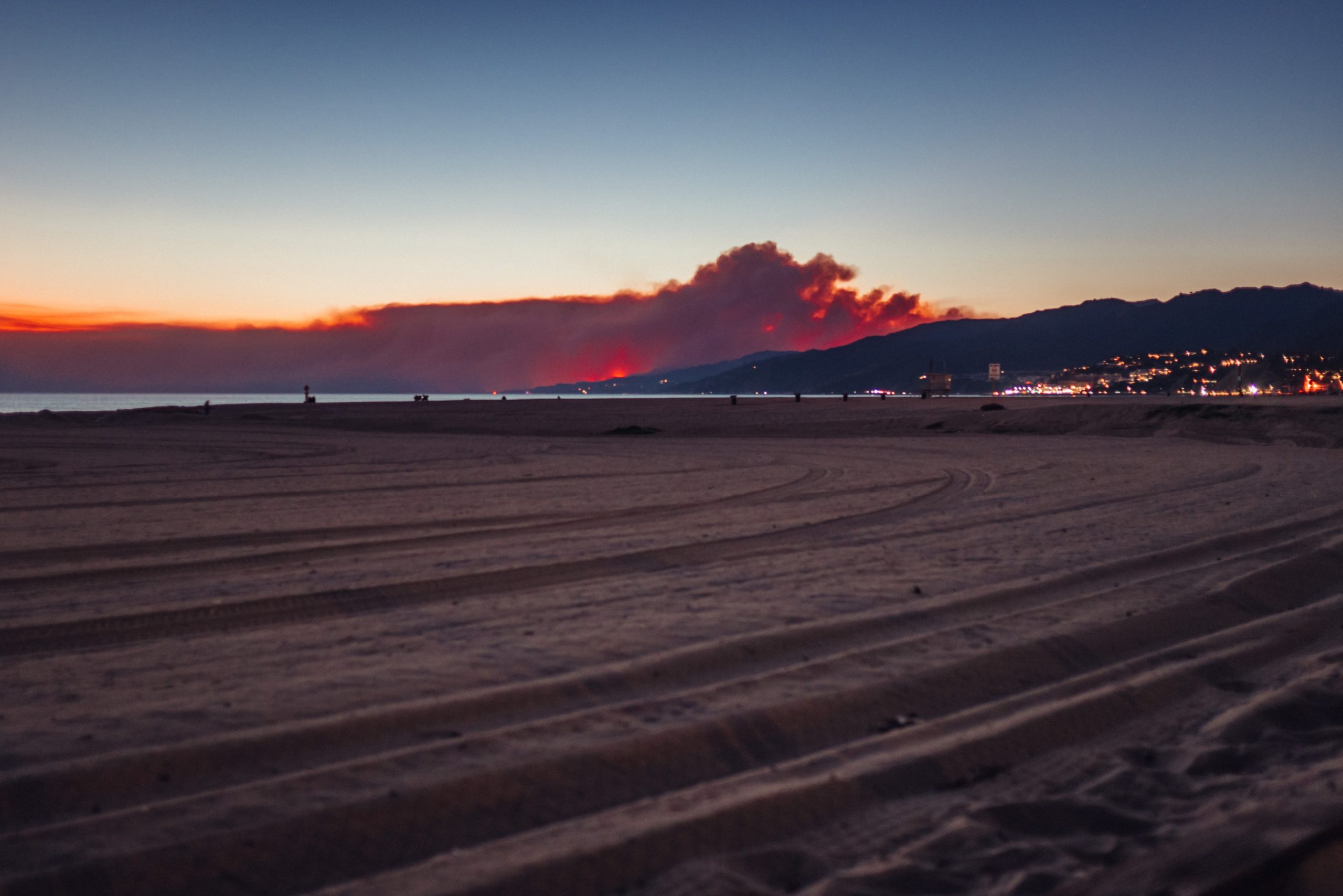
Putting out unexpected and spreading hotspots started by fire cinders and debris makes firefighting a much more difficult job and most importantly, increases the danger to lives and properties.
These powerful sprinklers already in the market will be able to spray from 20 gallons to 1,000 gallons-per-minute or more.
Sprinklers can have adjustable stops for full or part circle coverage. Also, they will have adjustable jet breakers for changes in a stream pattern. The water spray could also be verticle to send a fine mist high into the air and spread by winds. This will create a thick or thin wall of mist, depending on the jet flow.
The water sprayed will be used to stop a fire from spreading or help block — via a wall of mist and moisture — fire cinders and light smoldering debris carried by the wind to dry areas and starting new fires.
Putting out unpredictable hotspots started by fire cinders and debris makes firefighting a much more difficult job and most importantly, not being able to contain the flames increases the danger to lives and properties.
The containers will also have a hole on top of the removable lid. The hole’s entrance is used to refill the containers with water from helicopters. A hose dropped from the helicopter will be put in the hole by a ground-crew firefighter.
The Spindrifts can be moved by aircraft or trucks to other spots.
Also, holes on the side of the Spindrift will also allow a refill of water to come from a facet, swimming pool or well. However, in a house or property where water is scarce the top of the Spindrift can be kept open to fill the Spindrift with rainwater.
When not used to fight fires, the water inside the Spindrifts can be used for such things as drinking or watering crops during a drought.
If anyone is interested in my inventions or to get more images and information, drop a line at notebookventura@gmail.com.
- FIG1 – Sprinkler
- FIG2 – Top pipe that connects to sprinkler
- FIG3 – Connecting pipes
- FIG4 – Plastic cap
- FIG5 – Large hose inlet
- FIG6 – Reservoir lid
- FIG7 – Hooks
- FIG8 – Hooks stand
- FIG9 – Metal stand
- FIG10 – Solar powered remote control box
- FIG11 – Solar panel
- FIG12 – Storage box
- FIG13 – Small hose inlet
- FIG14 – Water reservoir (300-1000 gallons)
- FIG15 – Float
- FIG16 – Water supply pipe
- FIG17 – Water pump

